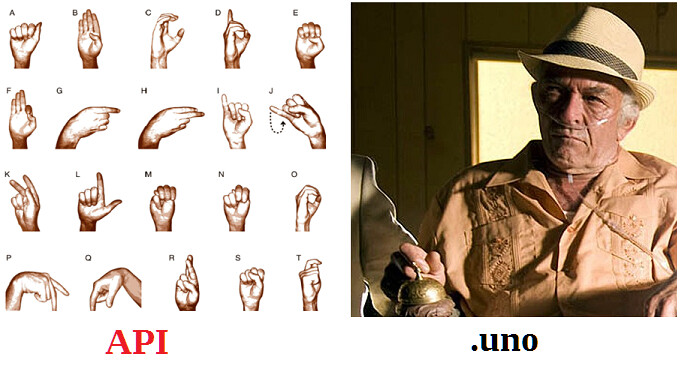I’m too lazy to count now how many questions containing macro recorder production scripts instantly receive the comment “you should not record macros, you should write them.”
This is my message - just an analogy that will explain this position.
If you look at the code generated by the macro recorder, you can immediately see that only four office objects are used in the code. However, two of them - ThisComponent and CurrentController - are mentioned only in the first line. That is, of everything that is in the office suite, only two objects are used.
When constructing a script, the programmer acts as a sign language interpreter who tries to translate the task into a language understandable to the computer. Of course, the wider the “language reserve” of the programmer, the better the translation.
Just compare what a regular sign language interpreter uses and what Hector Salamanca had to use to communicate

Therefore, the recommendation will always be this - do not torture the tongue-tied macro recorder, do not force him to write hundreds of lines of code, he will still not be able to make a good script. So once again -
You should not record macros, you should write them



